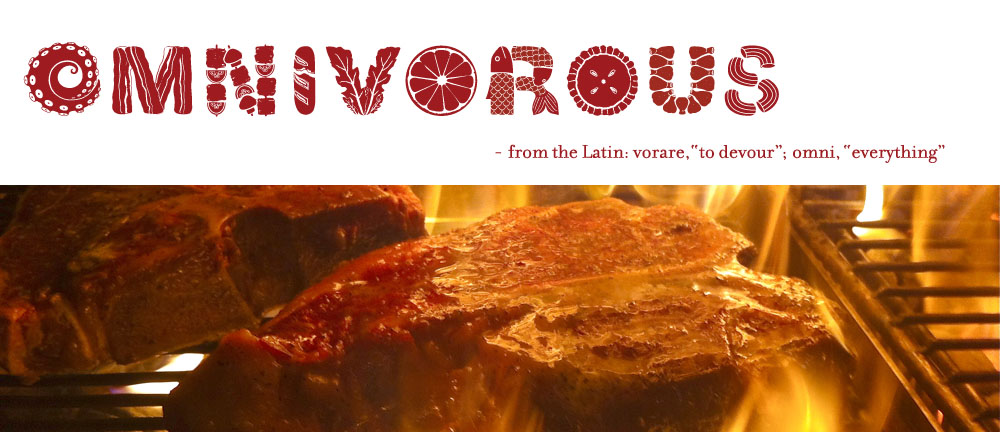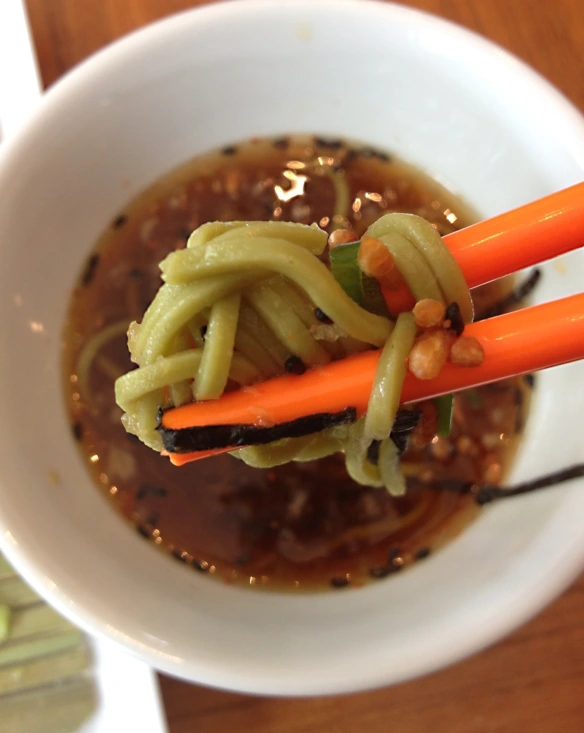
Homemade “Not-So-Big” Macs are a helluva lot better for you than the real deal! And way cuter!
Many people are surprised that I’ll admit to eating fast food every once in a while. Considering my choice of career and the unlimited budget that I have for purchasing the finest food that money can buy and people can eat, sometimes my friends are frankly astonished that I have the occasional craving for Taco Bell or similar trash foods. I suppose every once in a while I need a casual antidote to all the fancy stuff like caviar, foie gras, matsutake mushrooms, pork belly, and lobster tails. At least that’s my excuse, but really I just kinda like the stuff despite the realization that it’ll probably shave some time off my life and contribute to our degrading environment. But in truth I rarely indulge; I eat Taco Bell once a year and McDonald’s with a similar frequency.
But sometimes I really crave a tasty burger, and usually I don’t mean some kind of fancy-schmancy hand-ground meat patty artfully layered with chef-designed, umami-laden, manufactured-in-house condiments. No parmesan crisp or ketchup leather or shiitake bullshit or aged Vermont cheddar or sun-dried tomato or a goddamn brioche bun. I want a thin patty of good beef on a soft, yielding (read cheap) bun with honest-to-goodness Kraft American cheese. Sometimes all I want is a crappy fast-food burger, something gooey, chewy, beefy, sloppy.
However, I want it with killer beef, ideally grass-fed, so that I won’t be burdened with as much (however fleeting) guilt when I bite down into that burger and the hot beef grease courses over my tastebuds. And I want organic tomatoes and lettuce, quality onions, and a good pickle.
Anyway, a few days ago I was in one of my “trashy burger moods”. It hit me as I strolled the aisles at Trader Joe’s; inspiration struck as I spotted a bag of slider buns dotted with sesame seeds, something I’d never seen before. Barely two inches in diameter the little rolls screamed BIG MAC and that ubiquitous commercial ditty ran through my mind like the sexy come-on of a low-rent hooker trolling the unfashionable, less-hospitable end of Sunset Blvd: “two-all-beef-patties-special-sauce-lettuce-cheese-pickles-onions-on-a-sesame-seed-bun”. A shiver ran down my spine and I knew exactly what I was going to eat for dinner that night.

Inspiration came in a plastic bag.
Of course a few issues hampered the immediate execution of my “Not-So-Big Mac” or “Mini-Mac”. The Big Mac is constructed of a “triple-bun” with an additional round slab of bread starching up the middle of the burger. I had to create the extra bun slice by carefully trimming the the crust from the tops (or bottoms) of some of the slider buns. This was wasteful, to be sure, but authenticity demands a strenuous attention to detail and, quite possibly, some waste along the way.
Next is the so-called “special sauce” which is simply Russian dressing (1,000 Island being virtually identical). I used my own super-basic recipe of a half-cup of mayo, a quarter-cup of ketchup, two tablespoons of sweet pickle relish, and kosher salt and cracked peppercorn (to taste) all mixed up together. Also on the burger are sour pickle slices (look for dill hamburger chips), shredded iceberg lettuce, one slice of yellow American cheese, and some small pieces of sliced white onions. The sliced onions I soaked in cold water for about five minutes to get rid of the some of the acidity. I drained them well before putting them on the burger.

My Mini-Macs were magnificent!
The burger patties themselves I made very thin, less than a half-inch in thickness, and about three-and-a-half inches in diameter. Whenever you make burgers remember that they shrink significantly; how much shrinkage occurs is determined by fat content — more fat means more shrinkage, generally. So for a burger that fits a two-inch bun you need a burger that’s a little larger than three inches. I seasoned the burger patties with just a little salt and pepper right before cooking in a skillet (or on a flat-top griddle).
I heated my skillet over high heat until it was just smoking and swirled in a little vegetable oil. Very quickly I lightly browned the cut sides of all three parts of the bun — the top, the bottom, and the middle piece (which needs to browned on both sides). I kept the toasted buns warm on a small sheet pan in a low oven (about 200ºF) while I cooked the burgers.
I added more vegetable oil to the pan — just enough to coat the bottom evenly. I added the burger patties; remember two patties per Mini-Mac! I cooked the burgers on one side about two minutes until very browned and a little crisp. I flipped the burgers and added a small slice of American cheese on top of half the burgers*; remember only one slice of cheese for each Mini-Mac! After one more minute of cooking I removed the burgers from the pan and took the warm buns out of the oven.
I assembled the Mini-Macs in the following order, assembling from top to bottom:
- the bottom of the bun
- a half-teaspoon of special sauce
- one pickle chip
- a few pieces of sliced onion
- a tiny clutch of lettuce
- a burger patty with cheese*
- the “middle bun”
- a few pieces of sliced onion
- another tiny clutch of lettuce
- a “cheeseless” burger patty
- another half-teaspoon of special sauce
- another pickle slice
- the top of the bun
After assembly my fam and I ate them immediately. Both wife and son were appropriately grateful and deemed the Mini-Macs excellent!
* Big Mac scientists for some reason place a slice of unmelted cheese on the burger “underneath” the bottom burger patty, probably to keep the hot cheese from wilting the lettuce too much. However, I prefer melting the cheese on the burger while it cooks (better cheese-gooiness). I’m on the fence about whether the cheese should face up or down when you assemble, although I’m leaning toward cheese-up. You decide.

















